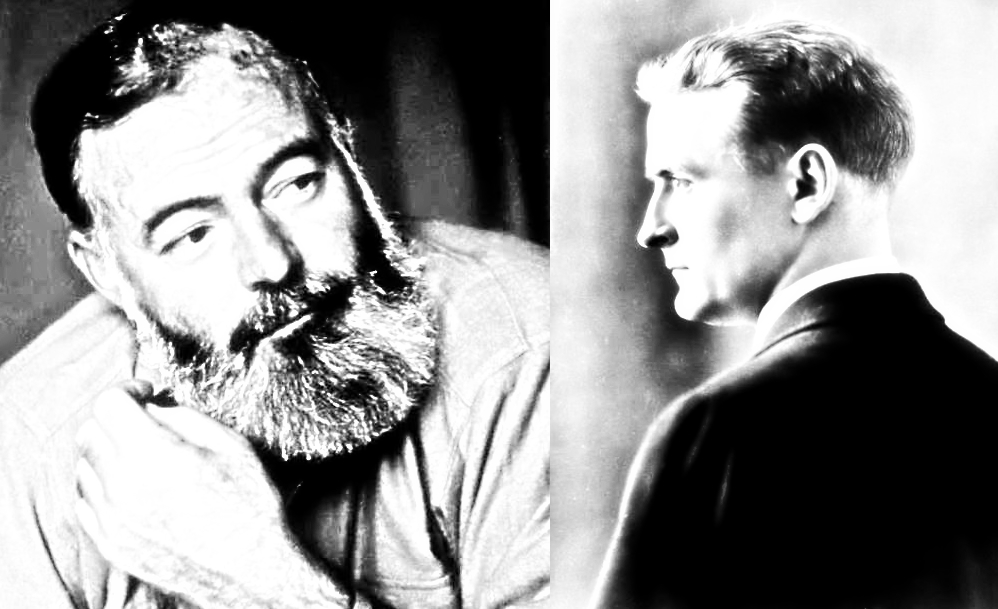I first heard about this poem while I was watching my friend’s band play at a local pub. He’s a crafty lyricist and had a song called “Innisfree” in the setlist, and that struck my curiosity, so of course I had to go find out what it meant (and I’m happy I did)! It turns out that I really enjoy Yeats’s work (much preference to “The Second Coming”), and there is something in his writing that makes me think both socially and emotionally while reading (sign of a good writer, I say).
Anyway, this poem is of course about Innisfree, a place that has some meaning to Yeats (perhaps an idealization of his youth) and was published in Yeats’ second book of poems Rose. It has an ABAB rhyme scheme and it is written in hexameter (six stresses per line) until it switches to tetrameter (four stresses per line) in the last line of each stanza. I think it’s a remarkable poem that conjures up fantastic imagery and beauty, so enjoy!
“The Lake Isle of Innisfree” by W. B. Yeats
I will arise and go now, and go to Innisfree,
And a small cabin built there, of clay and wattles made;
Nine bean rows will I have there, a hive for the honey bee,
And live alone in the bee-loud glade.
___
And I shall have some peace there, for peace comes dropping slow,
Dropping from the veils of the morning to where the cricket sings;
There midnight’s all a glimmer, and noon a purple glow,
And evening full of the linnet’s wings.
___
I will arise and go now, for always night and day
I hear lake water lapping with low sounds by the shore;
While I stand on the roadway, or on pavement grey,
I hear it in the deep heart’s core.
Pocket Book of Poetry | Fall River Press







